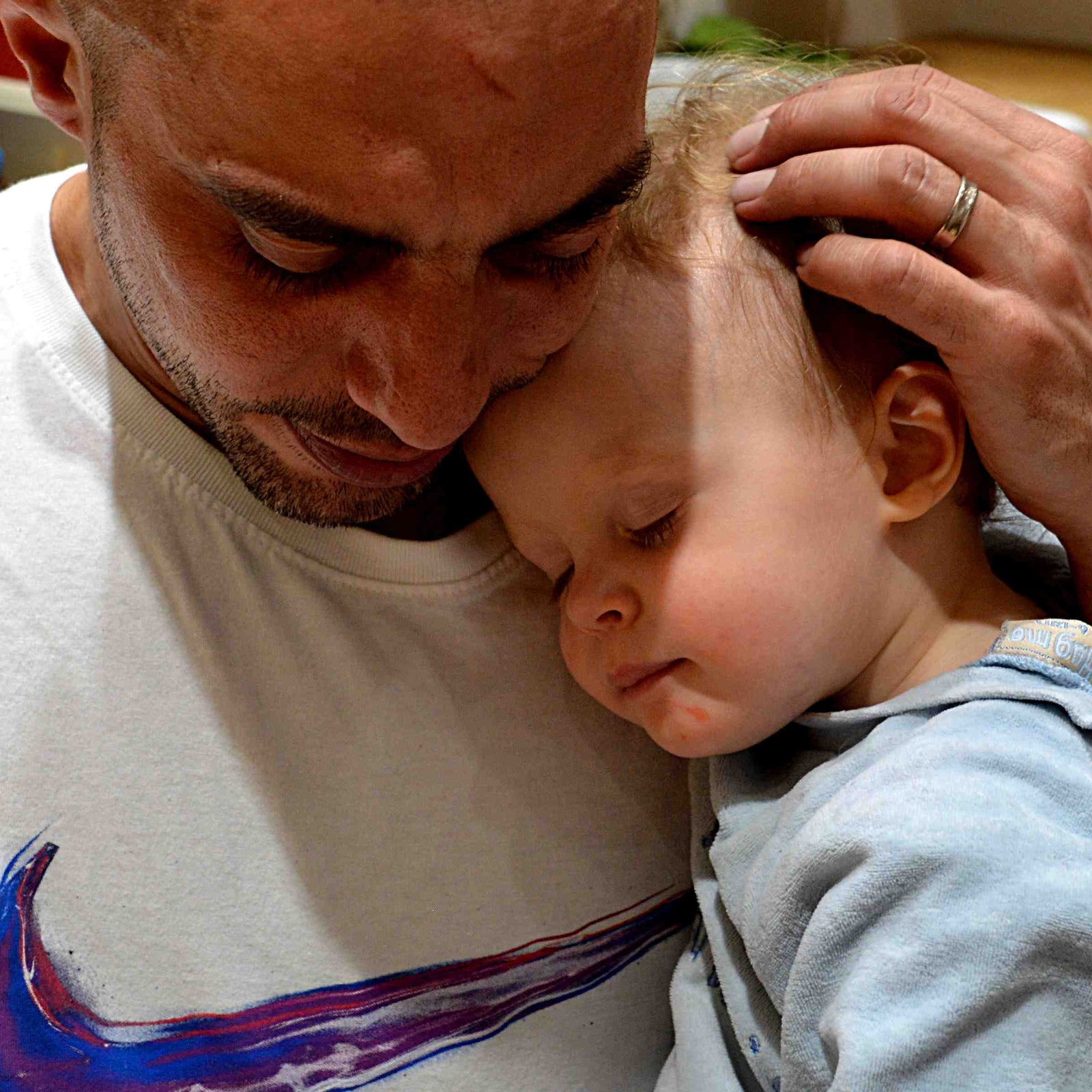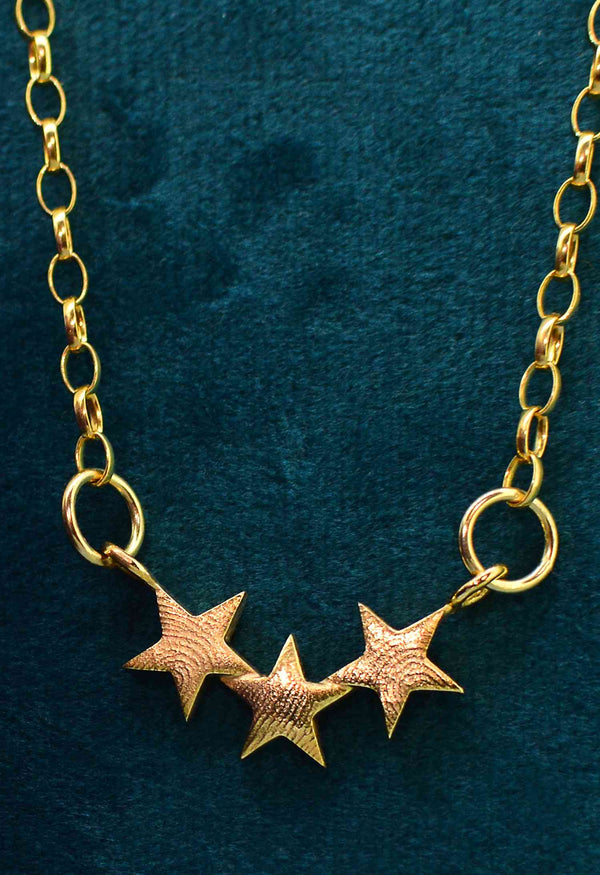Your Cart is Empty
~ Waiting List in Operation ~ Please Ask Before Ordering ~
~ Personalised jewellery to treasure forever ~
~ Waiting List in Operation ~ Please Ask Before Ordering ~
~ Personalised jewellery to treasure forever ~

10 Things You Didn't Know about Father's Day
June 04, 2018 4 min read
For me Father’s Day starts a good week before the event. We don’t really differentiate too much between Mother’s Day and Father’s Day in our house, so they both end up being pretty similar.
Crafty cards need to be made, which means several hours trawling Pinterest and spending a small fortune on weird and wonderful art supplies. Photo cards have to be sent, which inevitably leads to an impromptu day out when realise I have no new photos, or at least no half decent ones on the computer.
Groceries have to be bought in for the world’s biggest cooked breakfast, as do several different bottles of alcohol because none of the Fathers in our life drink the same thing.
And if I remember correctly, there might be a cheeky Chinese takeaway thrown in somewhere.
Being Daddy to 5 small people is a pretty epic undertaking, so it’s pretty important that we remember to stop and appreciate him at least once a year. Not that we don’t appreciate him the other 364 days, but Father’s Day is a pretty good excuse to celebrate.
It’s a celebration of Fatherhood and all the things Dads’ do.
So where did it all start?
As with most holidays and celebratory events, Father’s Day has an interesting history. There’s literally a book full of facts about it.
Here, I’ve picked out just 10 of those historical Father’s Day facts that explain almost everything. Some you might know, some not. Either way, it’s all good fun!
- In Catholic Europe, Father’s Day has been celebrated since the Middle Ages
In Europe, Father’s Day began as a religious observation during the Middle Ages. It was a Catholic holiday, traditionally taking place on March 19, the date the Catholic church celebrates the Feast of St. Joseph. St. Joseph is the husband of the Blessed Virgin Mary and the legal father of Jesus Christ.
- In the U.S, Father’s Day has a much more tragic origin
In the U.S. Father’s Day came about from tragedy. In December 1907, a mine explosion in West Virginia killed some 360 men, many of them fathers. Grace Golden Clayton, a local resident, petitioned for a day to celebrate them. She asked her local pastor to dedicate a day to them, and so one was - July 5, 1908.
- In the U.S, Father’s Day didn’t catch on at first
Father’s Day didn’t catch on at first in the U.S. It wasn’t until 1924, when President Calvin Coolidge supported the concept, that it made headline news. It spurred a public debate but didn’t get further than that. Then, in 1966, President Lyndon Johnson signed a presidential proclamation designating the third Sunday of June as Father’s Day.
- Most countries have adopted the U.S. date for Father’s Day
Despite being celebrated on March 19 (St. Joseph’s Day) as a religious observation since the Middle Ages, most countries, including Great Britain and Japan, have adopted the U.S. date for Father’s Day - the third Sunday of June.
- Father’s Day is the fifth-largest card sending day of the year
Father’s Day is the fifth-largest card sending day of the year according to gift card makers Hallmark. They estimate that 93 million cards are sent. Christmas is the largest card sending holiday (of course) with 1.6 billion cards sent!
- In Germany, Father’s Day is a big celebration with beer wagons
Germany celebrates Father’s Day a little differently. They celebrate Männertag (Men’s day) which is what we’d class as a messy celebration. It involves wagons of beer, lots of sausage and lots of music. Events are held locally across Germany and fathers like to spend all day in the beer gardens – away from the family.
- It’s always played second fiddle to Mother’s Day
Father’s Day has always played second fiddle to Mother’s Day. It’s less widely celebrated and was originally met with laughter in the U.S. The only reason it caught on over there was because Presidents fathers themselves.
- There isn’t a traditional gift for Father’s Day
Unlike Mother’s Day which has its Simnel cake, Father’s Day doesn’t have a traditional gift per se. The most common gifts given on Father’s Day include neckties, slippers and personalised gifts such as photos and personal care items.
- But there is a traditional flower – the rose
The traditional flower of Father’s Day is the rose. Linear arrangements are the preferred choice, such as solid red or white bunches. Roses are a symbol of compassion, friendship, love and joy. They are the perfect flower for Father’s Day for this reason. They’re also not too ‘girly’ a choice, so go down well with even the manliest men.
- Father’s Day is celebrated around the world on different days
Father’s Day is celebrated all around the world on different days of the year. It’s still celebrated on St Joseph’s Day across some of Europe, including in Spain, and in Thailand it’s celebrated on December 5. In Australia and New Zealand, it’s celebrated on the first Sunday in September and in Luxembourg the first Sunday in October.
Leave a comment
Comments will be approved before showing up.
Subscribe
Sign up to get the latest on sales, new releases and more …

Join the Club
WE'RE SO PLEASED TO SEE YOU!
Stay a while and look around.
While you're here, why not subscribe to our newsletter?We'll give you £20 off your first order, VIP access to new products, and access to our very special sample sales.We promise not to annoy you (honest).
